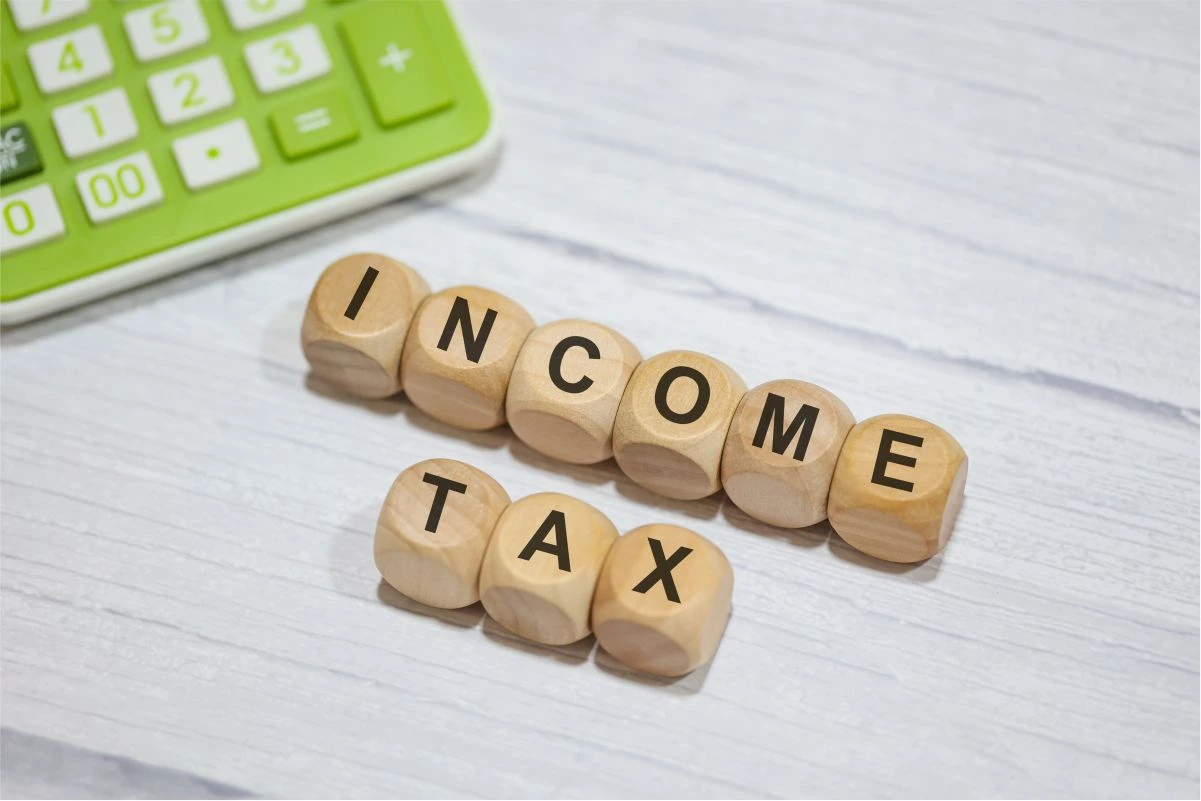Filing your income tax return can feel overwhelming, especially when it comes to capital gains. These gains, which refer to profits made from selling shares, mutual funds, or property, need to be reported correctly in order to avoid penalties and to ensure a smooth assessment. If you have wondered, ‘How do I report capital gains on my taxes accurately?’, the following information should help.
How to Ensure Your Capital Gains are Reported Accurately
Let’s see how you can report capital gains in your tax return clearly and accurately.
Step 1. Know Your Capital Gains Tax Category
To begin, it is important to categorise your gains correctly. Capital gains broadly fall into two categories:
- Short-term capital gains (STCG): Assets held for 12 months or less.
- Long-term capital gains (LTCG): Assets held for more than 12 months.
Once you understand these distinctions, you will be able to report capital gains in your tax returns more accurately.
Step 2. Ensure Investment Data is Matched
Next, match your broker statements with Form 26AS and your Annual Information Statement (AIS). In case of any mismatch, you may receive a tax notice. That is why it is advisable to always reconcile your investment records with these documents before filing.
Step 3. Keep CGAS in Mind
If you sell property and haven’t reinvested the gains yet, you can temporarily park the amount in the Capital Gains Account Scheme (CGAS) to claim exemptions. However, if unused after 2–3 years, the remaining balance is treated as taxable and must be included in your ITR.
Step 4. Report All Types of Capital Gains
Remember to note all sources of income from capital gains. You can declare equity, mutual fund, and buyback capital gains under Schedule CG in your ITR. Use an income tax calculator to get a clear estimate of your liabilities.
Step 5. Use the Correct ITR Form
When reporting your capital gains for tax returns, it is important to choose the right ITR. If you do not have business income, you can go for ITR-2. For business or professional income earned along with capital gains, you can choose ITR-3.
Step 6. Ensure Proper Documentation
Another aspect to keep in mind when you report capital gains in your tax returns is proper documentation. Maintain detailed records of all purchases, sales, ISIN numbers, and exemptions claimed. This is not only good practice but also useful in case the Income Tax Department requests verification.
Step 7. Learn About Capital Gains from Life Insurance Plans
Investors who have opted for life insurance plans, especially ULIPs, should be aware of how capital gains apply. It is advisable to be aware of the impact of long-term capital gain tax on ULIP, since the tax treatment differs on the basis of premium amounts and when the policy is issued. Be sure to consult a tax advisor or use a life insurance calculator to estimate the premium and its taxation aspects beforehand.
How to File Capital Gains in ITR-2
If you do not have business income and are filing your capital gains for tax return in ITR 2, here are the steps to follow:
Step 1. Log in to the Income Tax e-filing portal and select ‘File Income Tax Return’ under the ‘e-File’ tab.
Step 2. Choose the assessment year (e.g., 2024–25), select ‘Online’ mode, and pick ITR-2 as the form.
Step 3. Select your filing reason and click ‘Continue’.
Step 4. Under ‘Income Schedule’, go to ‘Schedule Capital Gains’.
- For STCG: Click ‘Add Details’ and enter the gain amount and cost.
- For LTCG: Use Schedule 112A and fill in ISIN, dates, and prices.
Step 5. Review ‘Part B-TTI’, pay any due tax, preview, and verify your return.
Step 6. Validate the return using Aadhaar OTP, net banking, or by mailing a signed ITR-V (acknowledgement form) to CPC, Bangalore.
Using an income tax calculator may simplify this process. It helps estimate your total tax liability after factoring in capital gains and other deductions such as life insurance premium payments.
Once you understand the different tax concepts and categories, and use tools, such as an income tax calculator, accurately filing your capital gains for tax returns becomes easier. Stay informed and accurate to avoid future tax troubles.





















